Essential Vegetarian Foods High in Iron: Balanced Diet Tips
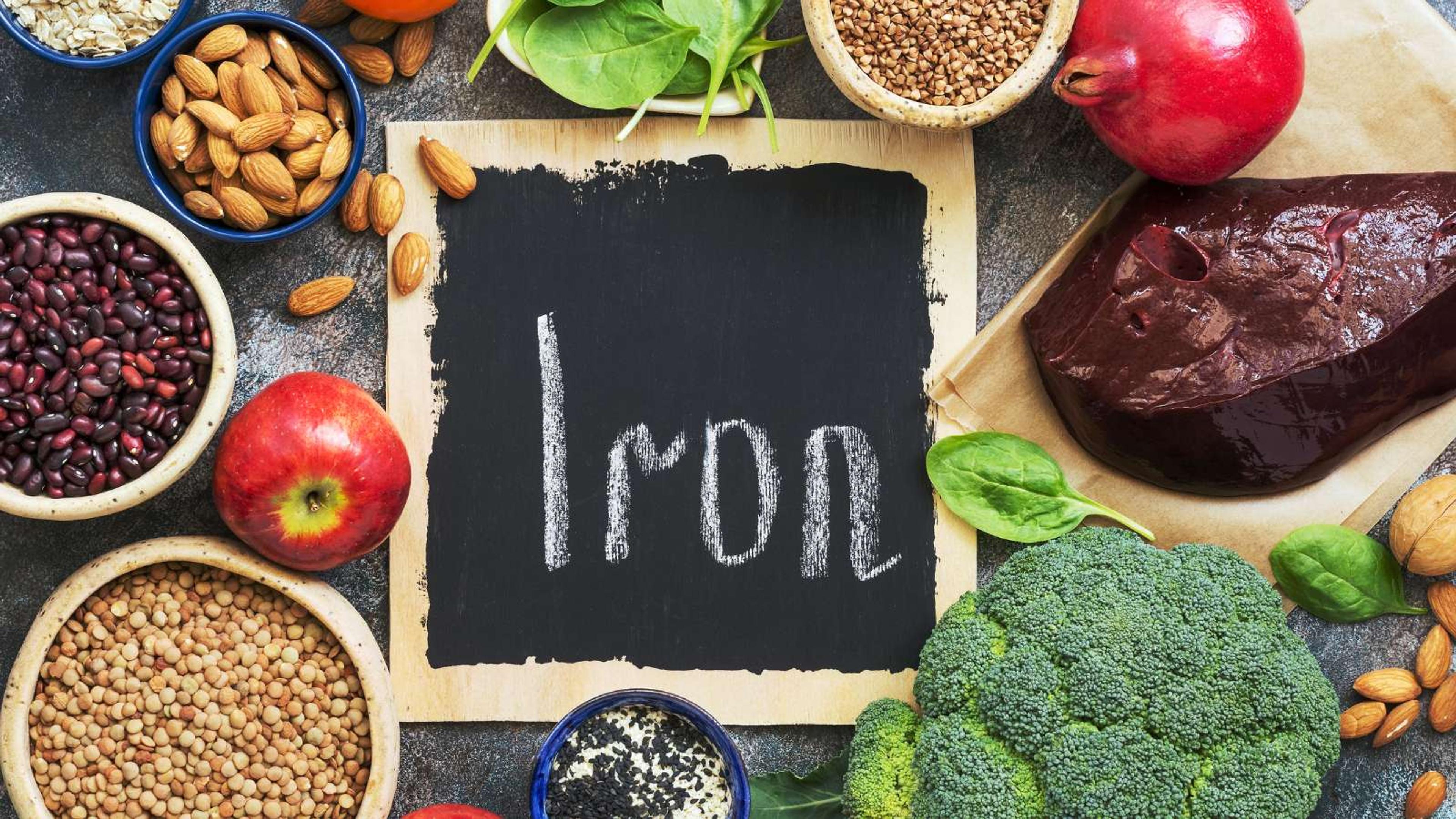
- Introduction
- Top Vegetarian Foods High in Iron
- Tips to Increase Iron Absorption from Plant Foods
- Benefits of Iron in a Balanced Diet
- Conclusion
- FAQs
Introduction
Maintaining a balanced diet can be especially challenging for vegetarians and vegans, particularly when it comes to meeting daily iron needs. Despite common misperceptions, there are plenty of iron-rich foods found in the plant kingdom to strengthen your overall health.
This article will guide you through top vegetarian foods loaded with iron and essential tips on how to increase their absorption effectively. Get ready to supercharge your meals with these wholesome ingredients!
Key Takeaways
- Iron-rich food includes legumes, nuts and seeds, leafy greens, vegetables, fruits, whole grains, and other sources like coconut milk and dark chocolate and is essential for a balanced vegetarian diet.
- High iron absorption when pairing iron-rich plant-based foods with vitamin C sources
- Avoid consuming tea or coffee with iron-rich meals. Compounds in these beverages can hinder iron absorption. Instead, incorporate vitamin C-rich foods to increase absorption.
- Soaking and sprouting legumes and grains can improve the absorption of iron by reducing anti-nutrients and increasing nutrient bioavailability.
- Cooking with cast-iron cookware can boost dietary iron intake from plant-based sources.
- Why include high-iron foods? Iron is crucial for oxygen transport, energy production, immune function, brain health, and preventing anemia. Including high-iron vegetarian foods ensures optimal health.
Top Vegetarian Foods High in Iron
Legumes (such as tofu, tempeh, lentils and beans)
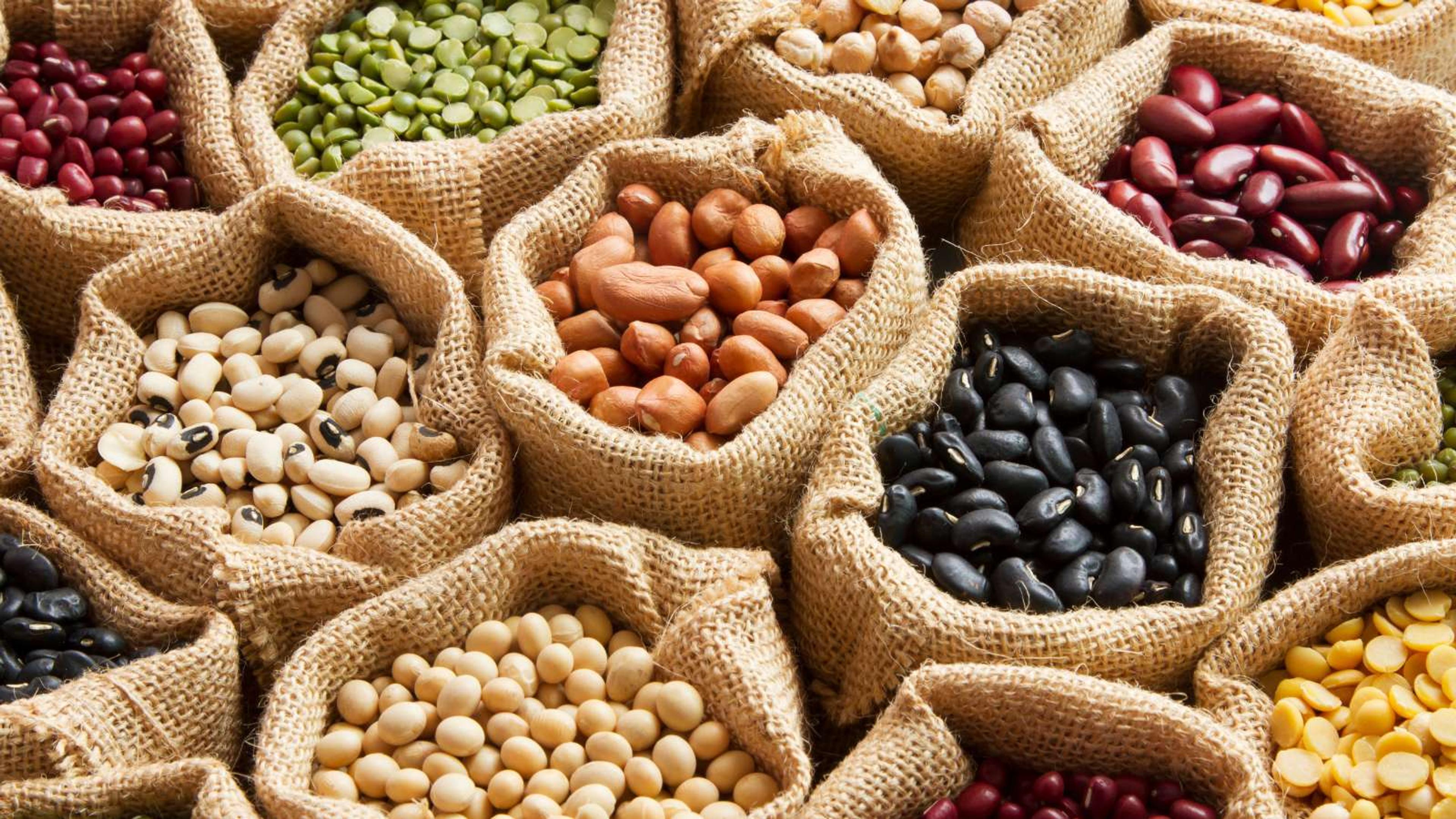
Legumes are a powerhouse of iron and an integral part of the vegetarian diet. Tofu, tempeh, lentils and beans top the chart for being the most nutrient-dense sources of non-heme iron - the type of iron found in plant-based foods such as fruits, vegetables and nuts.
Not limited to just providing iron, these legumes also pack a punch in terms of other essential nutrients. They're rich in fiber and protein which aids digestion while maintaining muscle health respectively.
Furthermore, they boast a high content of vitamins and minerals creating a nutritional harmony for vegetarians striving for a balanced diet intake. A versatile ingredient like lentils can be easily incorporated into various meals, from salads to soups, ensuring you meet your daily iron requirement effectively.
Nuts and seeds (including pumpkin, sesame, hemp, and flaxseeds, as well as cashews and pine nuts)

Nuts and seeds like pumpkin, sesame, hemp, flaxseeds, cashews and pine nuts are packed with nutrients & are powerhouses of iron. These vegetarian foods high in iron provide non-heme iron essential for a balanced diet.
Moreover, eating these tiny titans offers an array of other health benefits beyond boosting your iron intake.
For example, they're not just rich in non-heme iron but also bear vitamins, minerals and fiber that nourish your body daily. These plant-based protein sources offer healthy fats like omega-3s as well as zinc and calcium to support overall wellness.
Additionally, incorporating nuts and seeds into meals is effortless, making them perfect staples for vegans looking to prevent common deficiencies such as the much dreaded iron deficiency anemia. With their versatility in different recipes or even consumed raw on-the-go; nuts and seeds enhance any dish making sure nutrition never lacks within a plant-based lifestyle.
Leafy greens (like spinach)

Packed with nutrients, leafy greens such as spinach top the list of vegetarian foods high in iron. Each serving contributes 4 mg to your daily iron intake. Beyond its impressive iron content, spinach also provides a substantial amount of potassium and plant-based calcium.
Opt for a refreshing spinach salad or include this vibrant vegetable in your favorite stir-fry dish to enhance your diet as an iron-rich meal. Don't overlook other dark green vegetables either - like broccoli and kale, and other lesser-known greens like collard and dandelion, they too are excellent non-heme sources of this essential mineral too.
Vegetables (including tomato paste, potatoes, mushrooms, and palm hearts)
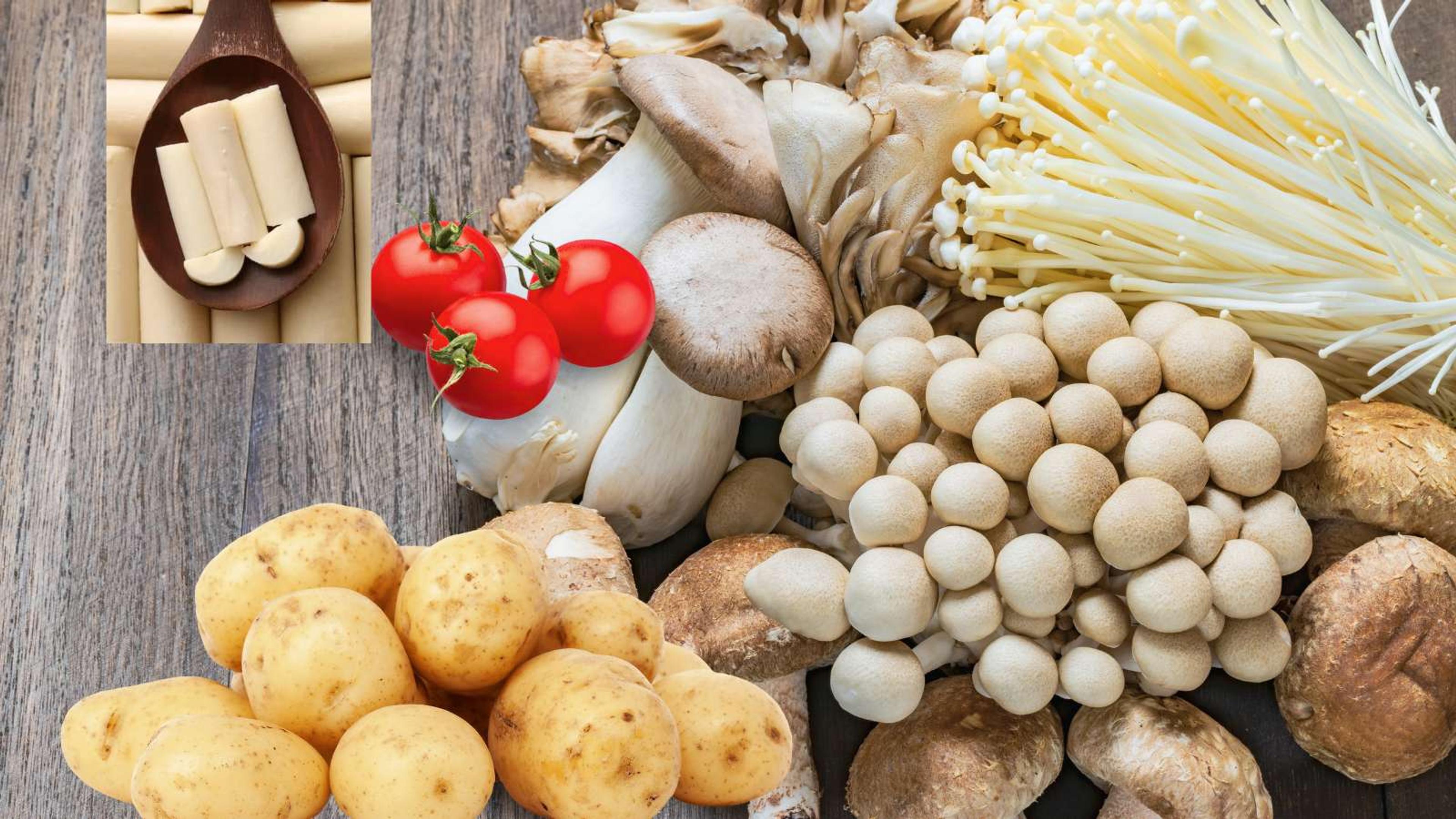
Tomato paste, potatoes, mushrooms, and palm hearts are all fantastic additions to a vegetarian diet as they are packed with iron. Tomato paste offers an impressive 7.81 mg of iron per cup, making it a standout source of this essential mineral.
Potatoes provide approximately 0.48 mg of iron per cup, while sweet potatoes are slightly higher at 1.38 mg per cup. Mushrooms, especially white mushrooms, also contain notable amounts of iron.
And let's not forget about palm hearts! These edible inner portions of certain palm tree species are not only delicious but can also contribute to your daily iron intake. By incorporating these diverse vegetables into your meals, you can ensure that you're meeting your dietary needs for iron in a balanced and a flavorful way.
Fruits (such as prune juice, olives, and mulberries)
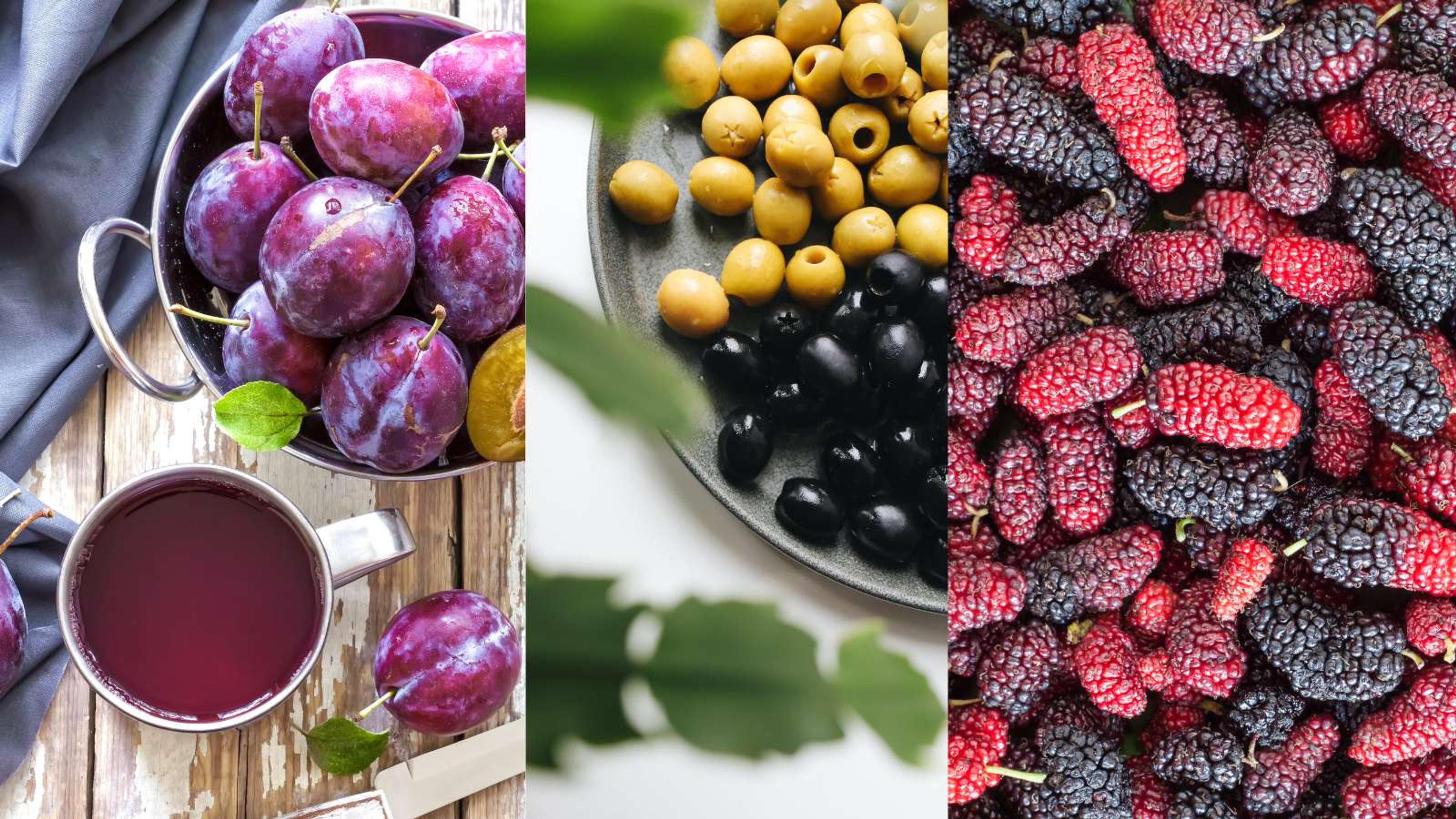
Prune juice, olives, and mulberries are excellent examples of fruits that are high in iron content. These fruits pack a significant amount of iron per portion compared to other fruits. For instance, prune juice is not only rich in iron but also provides fiber, potassium, vitamin C, vitamin B6, and manganese.
Similarly, despite being categorized as a fruit technically, olives make for an excellent source of iron. In fact, they boast one of the highest concentrations of iron among all fruits – with 3.3 mg per 3.5 ounces (100 grams).
Including these fruits in a vegetarian or vegan diet can be highly beneficial due to their substantial amounts of iron and other essential nutrients like vitamins and minerals. So when planning your balanced diet as a vegetarian or vegan, don't forget to incorporate these nutrient-packed fruits into your meals!
Whole grains (like amaranth, spelt, oats, and quinoa)

Whole grains such as amaranth, spelt, oats, and quinoa are highly regarded as top vegetarian foods high in iron. Not only do these whole grains provide a good amount of iron, but they also offer an array of other essential nutrients.
For example, quinoa is not just a great source of protein and fiber; it also contains magnesium and iron. In fact, one cup of cooked quinoa delivers approximately 8 grams of protein. Amaranth and quinoa are noteworthy additions to the vegan diet as well since they are gluten-free pseudocereals packed with complete protein, fiber, complex carbs, vitamins, and minerals.
Incorporating whole grains like these can help vegetarians meet their nutritional needs while enjoying diverse flavors and textures.
Other sources (such as coconut milk, dark chocolate, blackstrap molasses, and dried thyme)
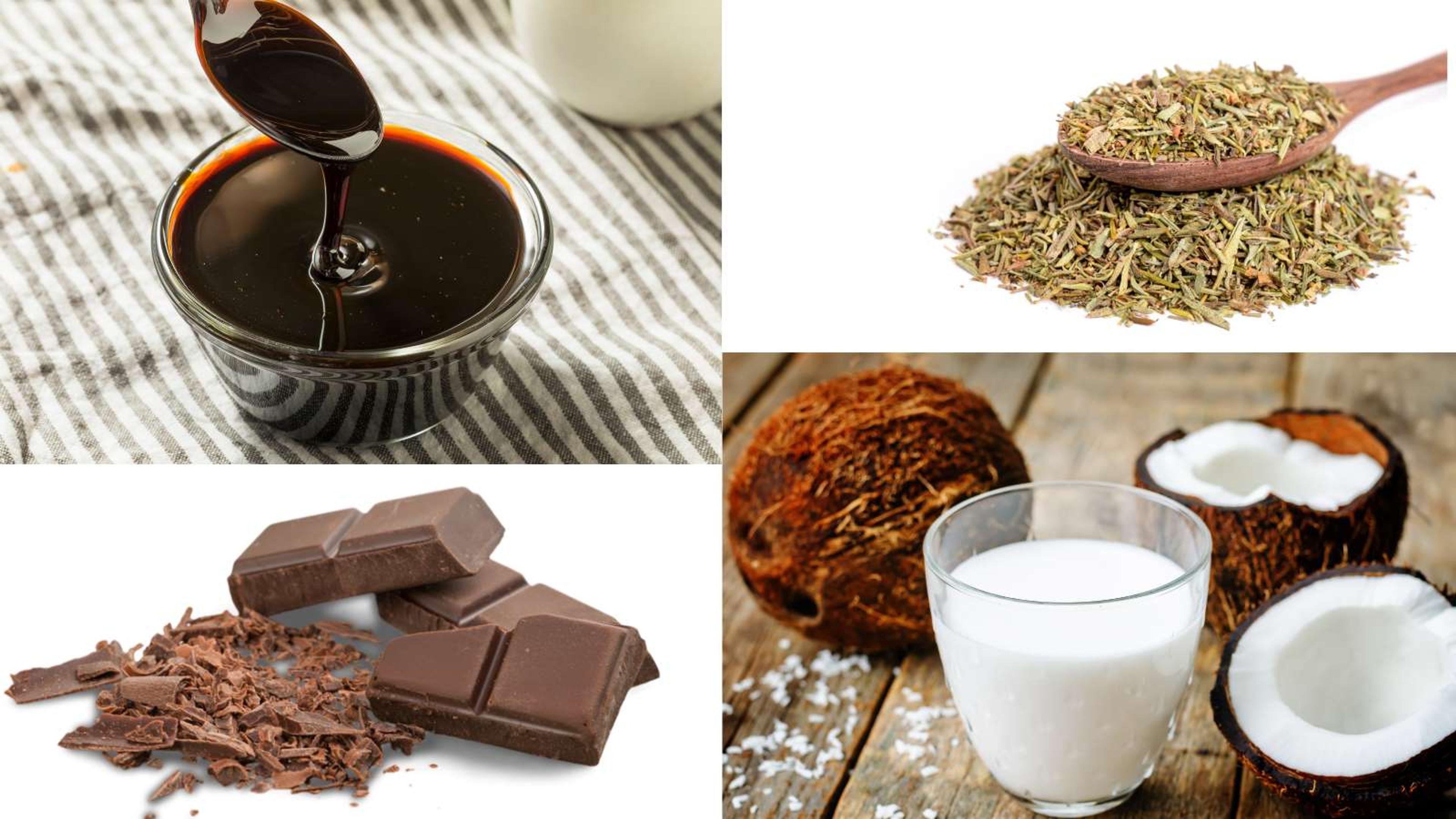
Coconut milk, dark chocolate, blackstrap molasses, and dried thyme are often overlooked as sources of iron in a vegetarian diet. But these lesser-known options can be valuable additions to help increase your iron intake.
Coconut milk not only adds creaminess to dishes but also provides magnesium, copper, and manganese alongside its iron content. Dark chocolate, despite its indulgent reputation, offers not just a rich taste but also important minerals like iron.
Blackstrap molasses is another fantastic choice for boosting your iron levels with its concentrated source of this essential mineral. And don't forget about dried thyme! This versatile herb not only adds flavor to meals but can surprisingly contribute to your daily intake of iron as well.
Tips to Increase Iron Absorption from Plant Foods
Boost your iron absorption by pairing iron-rich foods with vitamin C sources, avoiding tea or coffee with meals, soaking and sprouting legumes and grains, and cooking with cast-iron cookware.
Find out how these simple tips can enhance the nutritional benefits of your vegetarian diet! Read more to optimize your iron intake.
Pair iron-rich foods with vitamin C sources
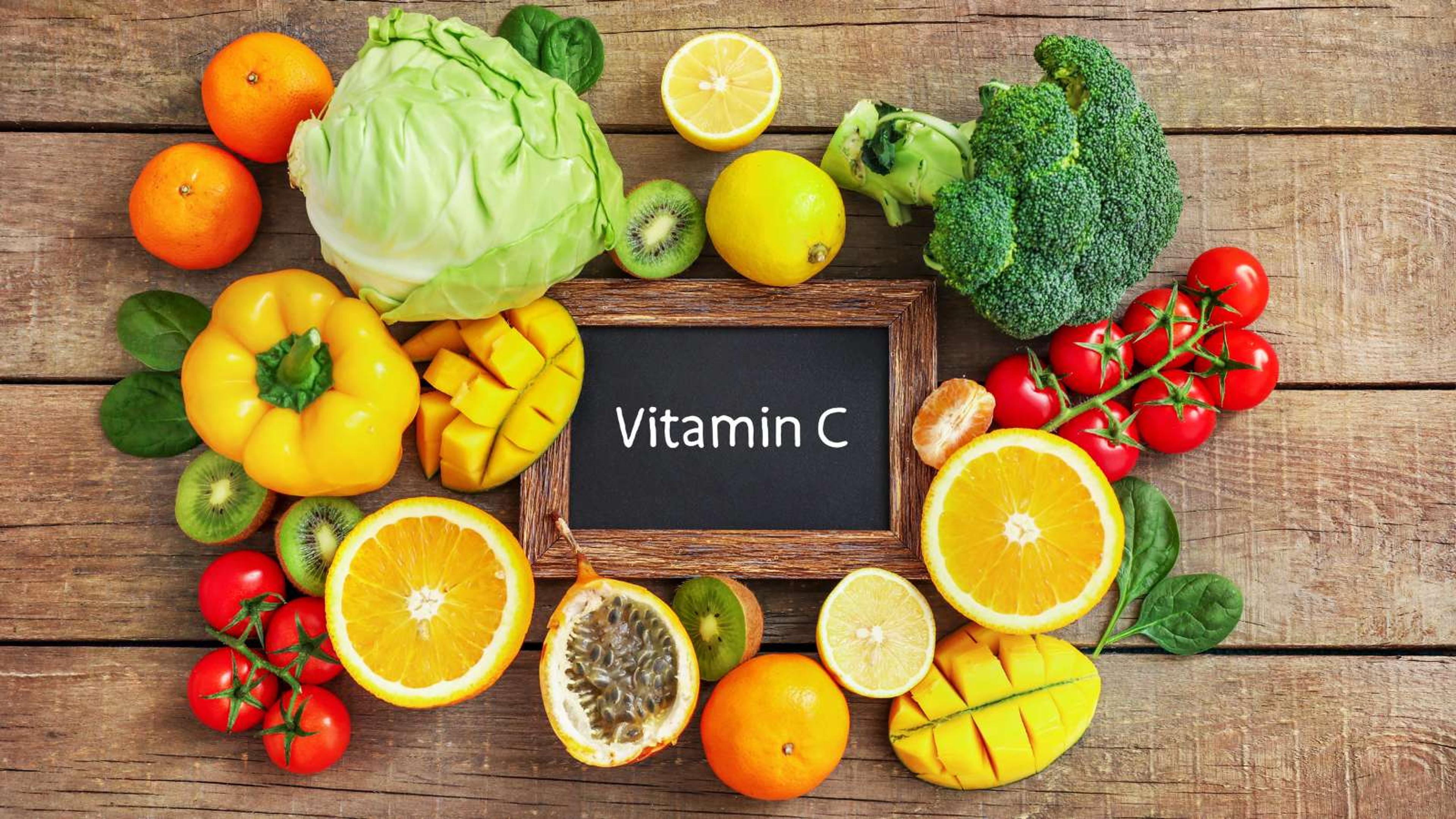
To enhance the absorption of iron from plant-based foods, it is beneficial to pair them with vitamin C sources. Vitamin C aids in the conversion of non-heme iron (found in plant foods) into a more readily absorbed form for the body.
Citrus fruits like lemon, lime, and orange are excellent sources of vitamin C. It's important to note that consuming iron-rich foods and vitamin C together increases their absorption compared to having them separately.
So next time you enjoy a spinach salad or lentil soup, consider adding some citrus slices or drizzling it with freshly squeezed lemon juice to maximize your iron intake.
Avoid consuming tea or coffee with iron-rich meals
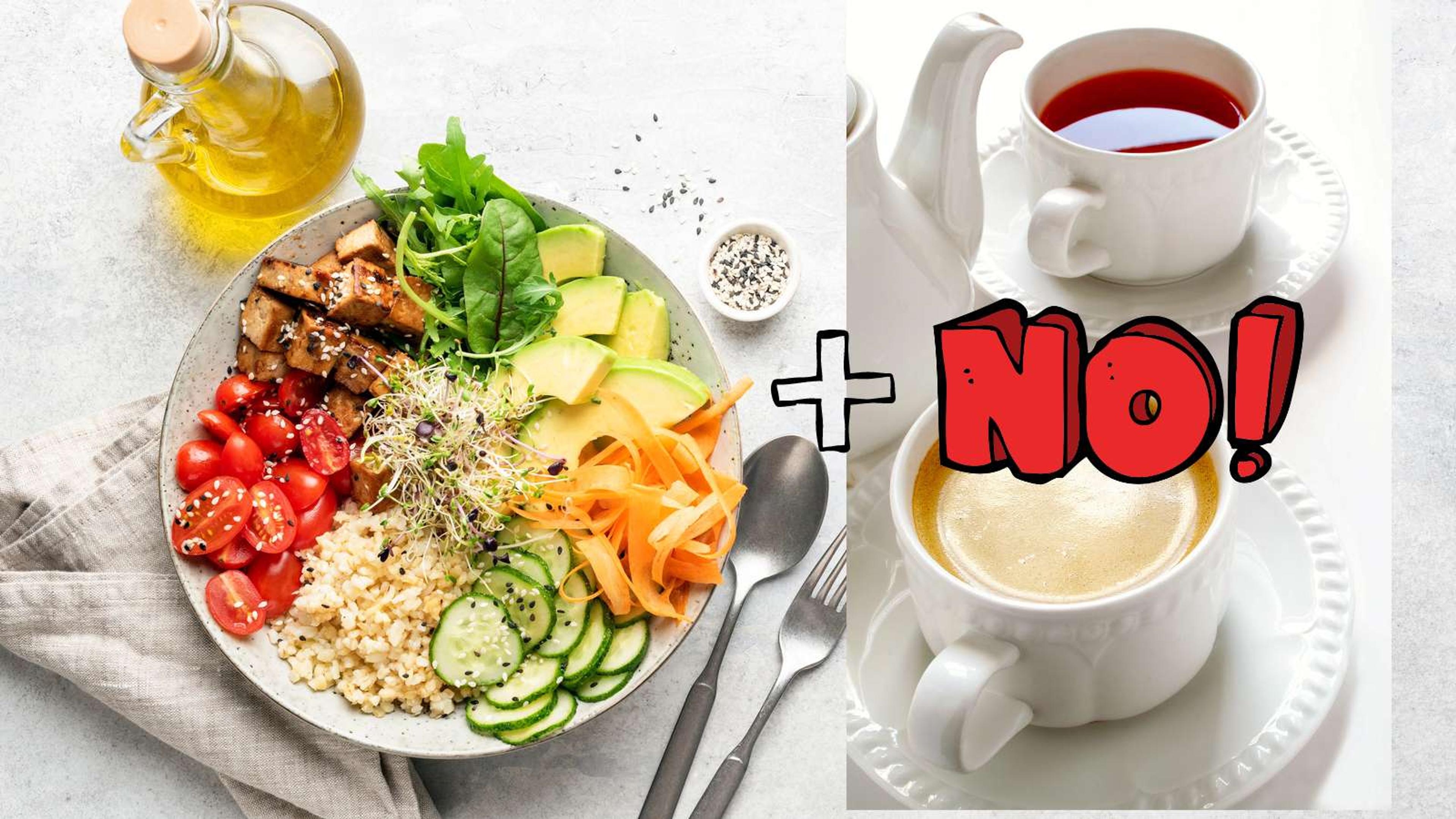
Consuming tea or coffee with iron-rich meals can hinder the body's ability to absorb iron effectively. This is because compounds found in these beverages, such as tannins, can bind to iron and make it less available for absorption.
In fact, studies have shown that drinking coffee, tea, or red wine should be avoided when consuming high-iron meals. On the other hand, vitamin C has been found to increase iron absorption. Therefore, it is recommended to pair iron-rich foods with sources of vitamin C to enhance this process.
By avoiding tea and coffee during or after meals and incorporating vitamin C-rich foods like citrus fruits or strawberries instead, you can optimize your body's absorption of iron from plant-based sources.
Soaking and sprouting legumes and grains
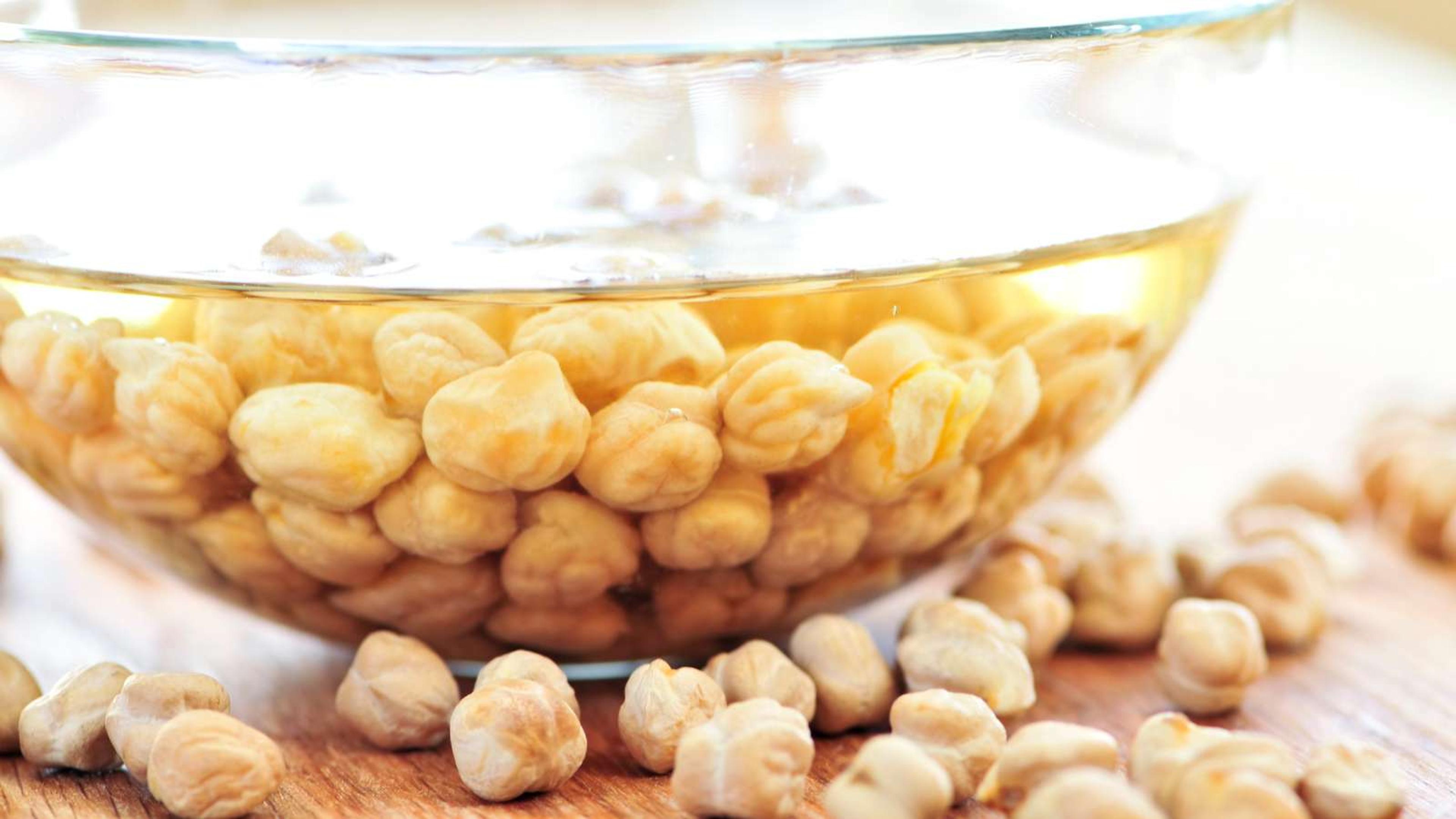
Soaking and sprouting legumes and grains can significantly enhance the absorption of iron from plant foods. This simple process involves soaking beans, lentils, chickpeas, and grains like quinoa or amaranth in water for several hours before cooking or consuming them.
Sprouting these foods takes it a step further by allowing them to germinate, which increases their nutrient content and bioavailability. Soaking and sprouting reduce the levels of anti-nutrients such as phytates that hinder iron absorption while also releasing enzymes that break down complex carbohydrates, making these foods easier to digest.
This method not only improves iron absorption but also enhances flavors and textures while boosting overall nutrition.
Cook with cast-iron cookware
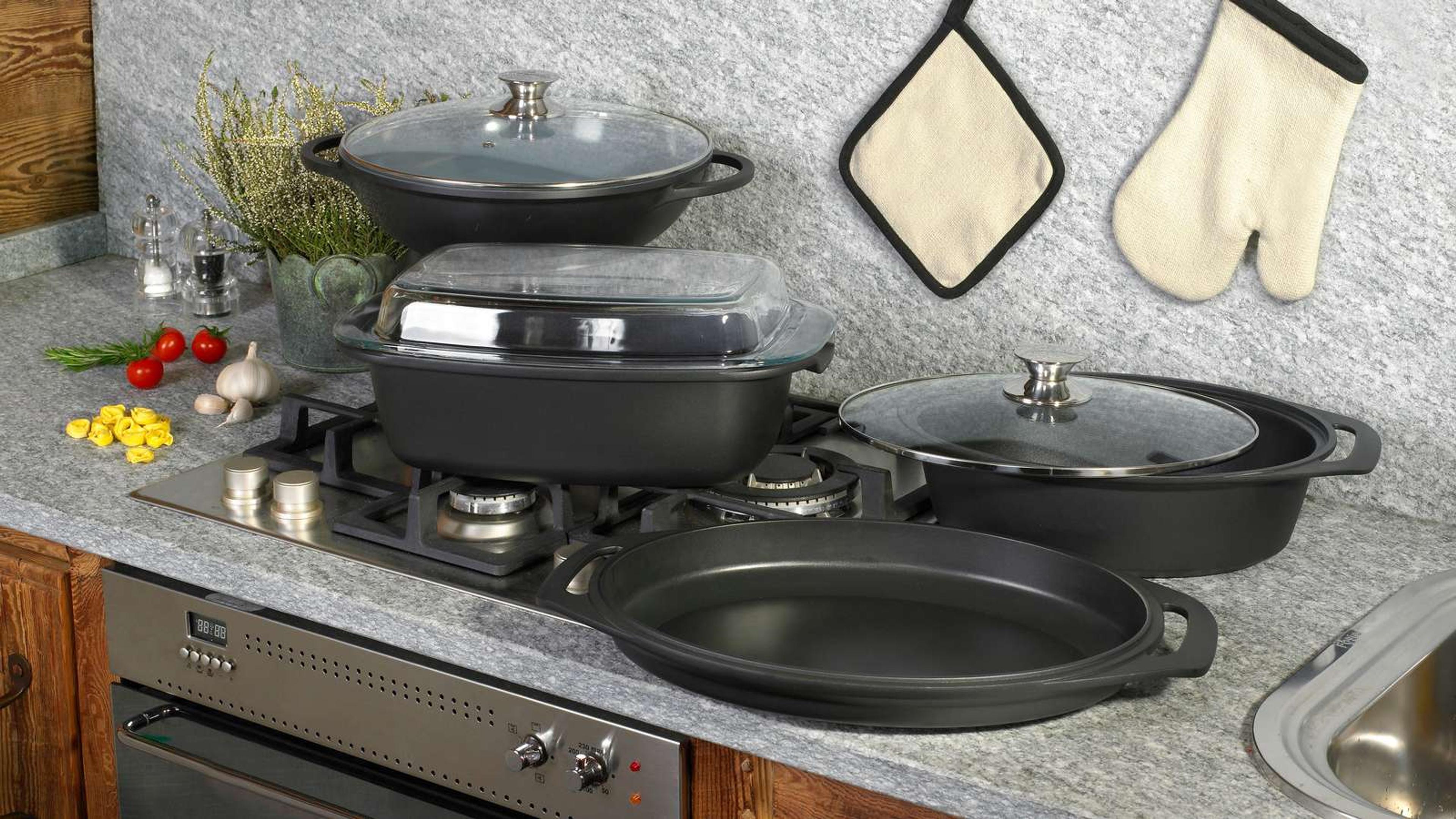
Cooking with cast-iron cookware is a simple and effective way to increase the iron content of your meals. Researchers have found that when you use cast-iron pots and pans for cooking, most foods contained more iron than when cooked in non-iron cookware.
This can beneficially boost your body's intake of nonheme iron, which is the type of iron found in plant-based foods. In fact, a registered dietitian confirms that using cast-iron cookware provides a good source of dietary iron.
So, by incorporating this cooking method into your routine, you can easily enhance your overall iron levels without having to rely solely on supplements or animal-based sources.
Benefits of Iron in a Balanced Diet
Iron plays a crucial role in a balanced diet as it is essential for oxygen transport and energy production, supports immune function and brain health, and helps prevent iron-deficiency anemia.
Essential for oxygen transport and energy production
Iron is a vital mineral that plays a crucial role in our bodies, particularly when it comes to oxygen transport and energy production. The main job of iron is to help carry oxygen from our lungs to the rest of our cells, ensuring that they receive the fuel needed for optimal function.
Without sufficient iron levels, we can experience fatigue and weakness as our body struggles to generate energy efficiently. Iron also helps with the metabolism of proteins and carbohydrates, assisting in breaking them down into usable energy sources.
This mineral is truly essential for maintaining healthy blood, muscles, and overall energy levels. So be sure to include iron-rich foods in your diet to ensure you're getting enough iron for optimal health.
Supports immune function and brain health
Iron plays a crucial role in supporting immune function and brain health. This essential mineral is involved in the production of white blood cells, which are key players in our immune system's defense against pathogens.
Iron also aids in the synthesis of neurotransmitters, such as dopamine and serotonin, that regulate mood, cognition, and overall brain functioning. When our body has sufficient iron levels, it helps enhance our immune response to infections and promotes optimal brain performance.
Maintaining adequate iron intake through a balanced diet is therefore vital for supporting both our immune system and cognitive abilities.
Prevents iron-deficiency anemia
Iron plays a crucial role in preventing iron-deficiency anemia, a condition characterized by low levels of red blood cells and inadequate oxygen supply to the body's tissues. By including iron-rich vegetarian foods in your diet, you can ensure that your body has enough iron to produce hemoglobin, the protein responsible for carrying oxygen throughout the body.
Plant-based sources such as legumes, leafy greens, and whole grains provide non-heme iron, which is not as easily absorbed as heme iron from animal products but can still contribute to maintaining healthy iron levels.
Including these foods in your balanced vegetarian diet can help prevent anemia and promote overall well-being.
Conclusion
In conclusion, incorporating a variety of high-iron vegetarian foods into your diet is essential for maintaining a balanced and healthy lifestyle. From legumes and leafy greens to nuts and seeds, there are numerous delicious options available to meet your iron needs.
By following tips such as pairing iron-rich foods with vitamin C sources and avoiding tea or coffee with meals, you can maximize iron absorption from plant-based sources. So, go ahead and explore these nutrient-dense options to ensure you get an adequate amount of iron in your daily diet!
FAQs
1. What are some vegetarian foods high in iron?
Some vegetarian foods high in iron include spinach, lentils, tofu, quinoa, pumpkin seeds, and dark chocolate.
2. How can I incorporate more iron-rich foods into my vegetarian diet?
You can easily incorporate more iron-rich foods into your vegetarian diet by including ingredients like legumes (beans and lentils), leafy greens, whole grains, nuts and seeds, and fortified plant-based products like cereals or non-dairy milk.
3. Are there any cooking techniques that can help enhance the absorption of iron from plant-based sources?
Yes! Cooking techniques such as soaking legumes before cooking them or pairing iron-rich foods with vitamin C-rich sources (like citrus fruits or bell peppers) can enhance the absorption of iron from plant-based sources.
4. Can a vegetarian diet provide enough iron for a balanced diet?
Yes! A well-planned vegetarian diet can provide all the necessary nutrients for a balanced diet including sufficient amounts of iron. By incorporating a variety of plant-based foods rich in iron and ensuring proper combinations to enhance absorption, individuals following a vegetarian diet can meet their daily requirements for this essential mineral.

